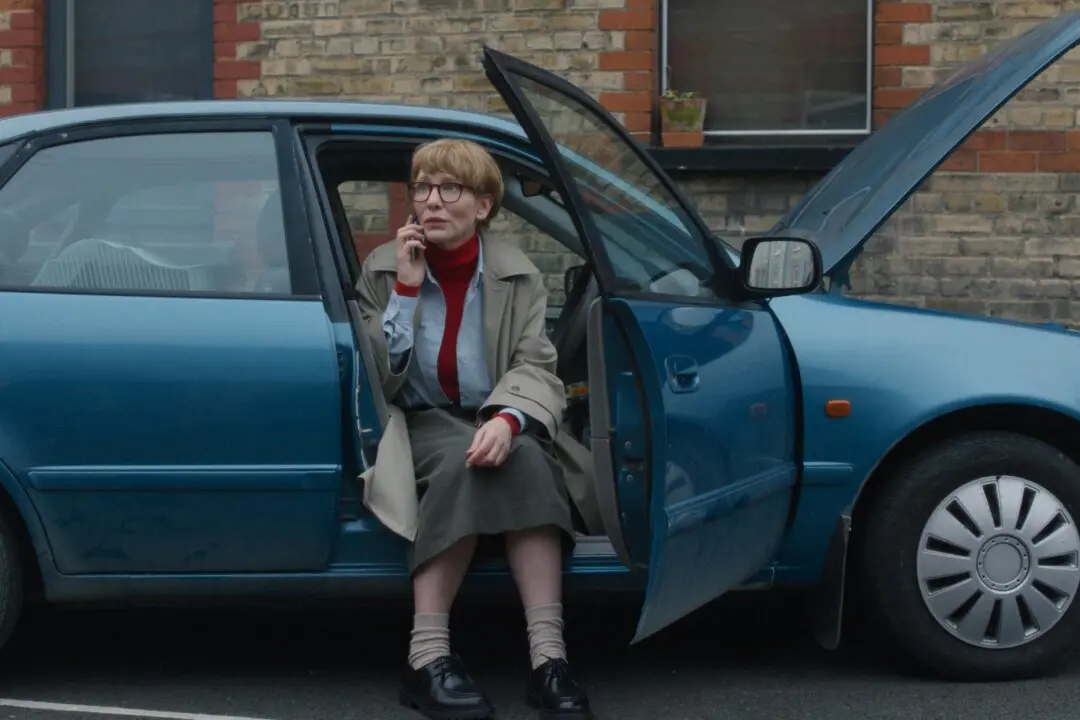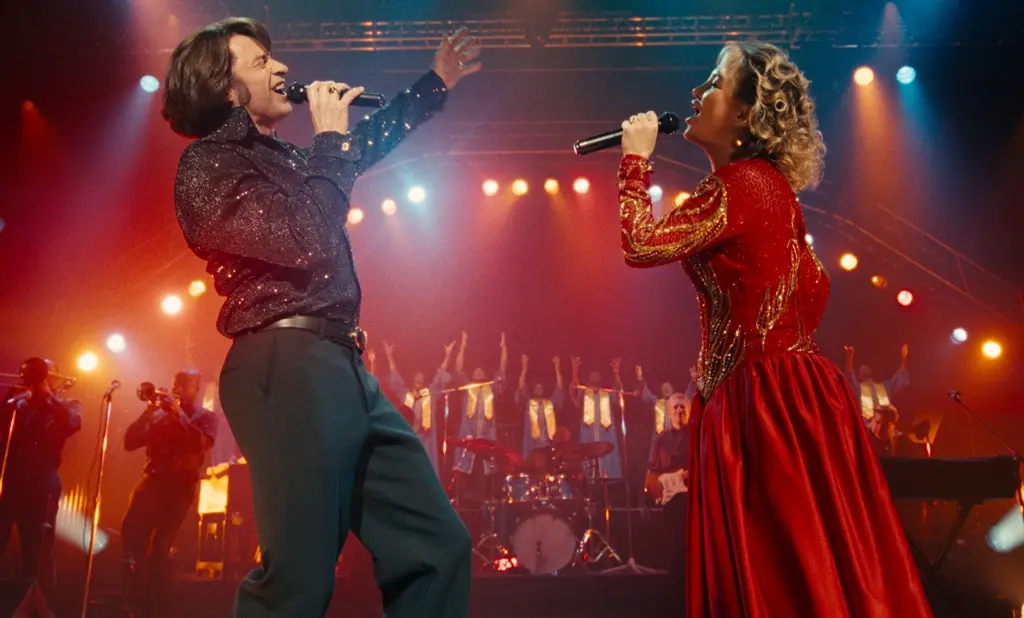PG-13 | 1h 56m | Drama, Sci-Fi, Mystery, Thriller | 11 November 2016 (USA)
“Arrival” is not your typical sci-fi/alien movie and, in many ways, is not what mainstream audiences have come to expect. There’s little in the way of pyrotechnics, and no violent human or alien deaths. The dialogue is spare and precise, and it contains an above-average level of math and linguistics jargon. A full third of the film has nothing whatsoever to do with sci-fi in any context, and at least half of the story could rightfully be considered a mystery thriller.





